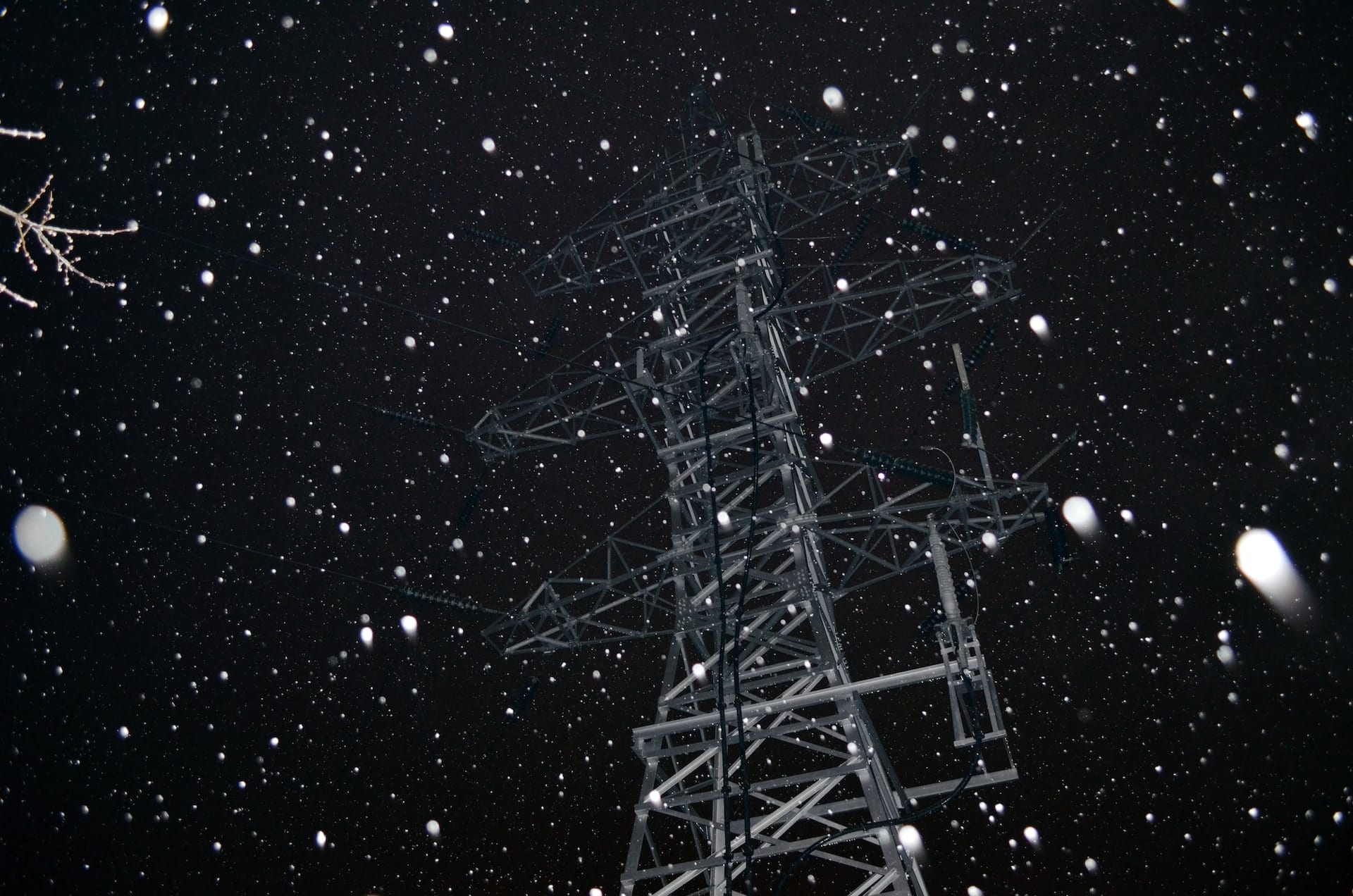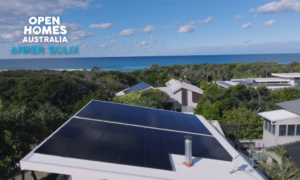Moving into a new property is a lot of work—from packing your stuff, organising removalists, cleaning, to the big move itself. One of the most important things to consider is the connection and disconnection of energy to the new and old home.
This post offers a comprehensive guide to the connection and disconnection fees in Australia to help the transition go smoothly.
Understanding energy connection fees
Energy distributors are the ones who set energy connection fees, whilst an energy retailer is the company you get your bills from. The energy retailers collect the fees on behalf of distributors, but they rarely have anything to do with setting the rates.
Connection and disconnection fees are what you pay for when you’re moving into a new home. Unless you’re building a new home (we’ll discuss this further in this post), there will be a pre-existing gas or electricity connection, which you need to take care of. The energy connection fees will vary depending on your location.
Energy connections and disconnections
It’s crucial to notify your energy provider at least three days before moving in to ensure that power is available in the new home. However, if you’re in Queensland (QLD) or New South Wales (NSW), you need to be at the property during the connection process.
In case you’re renting, you need to contact your energy provider and have the account transferred to your name.
Disconnecting the energy from your old home is important, otherwise, you will keep paying the daily supply charge even if you don’t live there anymore.
Energy and natural gas connections and disconnections across Australian states
The cost to connect or disconnect energy from a property depends on your provider. The fee/s (if applicable) will be added to your final bill (for disconnection) and your first bill (for connection).
State | Distributor | Connection Fee | Disconnection Fee |
South Australia | SA Power Networks | $58.07 | $58.07 |
Tasmania | TasNetworks | $0 | $0 |
Queensland | Energex | $0 | $0 |
Ergon | $0 | $0 | |
New South Wales | Ausgrid | $14.60 | $14.60 |
Endeavour Energy | $49.80 | $49.80 | |
Essential Energy | $23.05 | $23.05 | |
Victoria | Citipower | $44.85 | $45.52 |
Powercor | $66.44 | $70.61 | |
AusNet Services | $43.27 | $43.27 | |
Jemena | $61.55 | $88.25 | |
United Energy | $62.24 | $62.24 |
***Fees apply from 1 July 2023 – 30 Jun 2024
Connecting a new property to the grid
When building a house, it’s necessary to have your electricity connection figured out prior to construction. This ensures that your builders will have the power they need to finish your property.
The connection for new properties involves the installation of power lines on the street. However, most of the electricity connections today are done through an underground cable.
Your local energy distributor will take care of the basic connection with no upfront fee. However, for NSW residents, you need to organise an accredited service provider to set up the connection and pay for the upfront costs.
Other fees
Aside from the connection and disconnection fees, there are other fees that may apply depending on the energy provider. They are the following:
- Solar meter installation: If you plan to install solar panels, you may need to upgrade your meter to monitor solar power production and use.
- Meter administration: This is a one-time fee if your meter must be upgraded or changed.
- Special meter read: This charge applies when you request a technician to come to your property to read your meter.
- Payment fees: These are payment charges for using credit cards or payment processing fees on late payments.
Going solar
Moving from one house to another is exciting but financially challenging, especially where energy costs and connection and disconnection fees can quickly add up.
A good way to enjoy long-term savings with your electricity usage is by embracing solar energy.
Electricity, alone, across the country is skyrocketing, which is why many homeowners are switching to solar. Solar energy is one of the most sustainable and cost-effective alternatives today to power homes and buildings.
Solar panels generate electricity from sunlight, which will reduce your grid dependency. This results in lower monthly energy bills that will deliver immediate financial relief. You can also lock in your energy costs for years to come, protecting yourself from the impact of increasing energy prices.
Energy, an essential resource, is vital for homes. Understanding how connection and disconnection fees work is important for consumers when moving houses.
If you don’t have the finances for solar right now, don’t let that stop you! Solar is an excellent investment. Many of our trusted solar installers now offer $0 upfront interest-free loans where you can pay off your system in small monthly instalments.
You only need to request an obligation-free quote and find out what payment plan options are available here at Energy Matters.














































